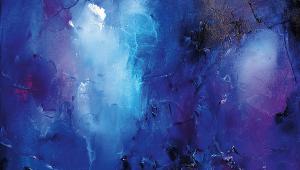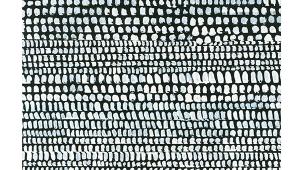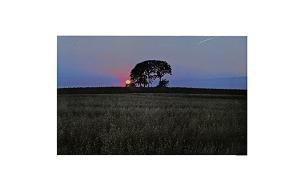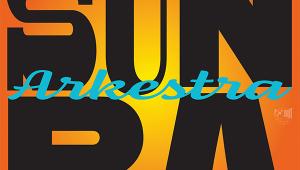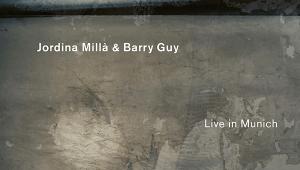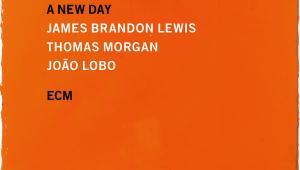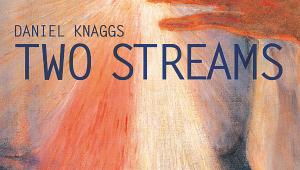Hi-Res Downloads, August 2024
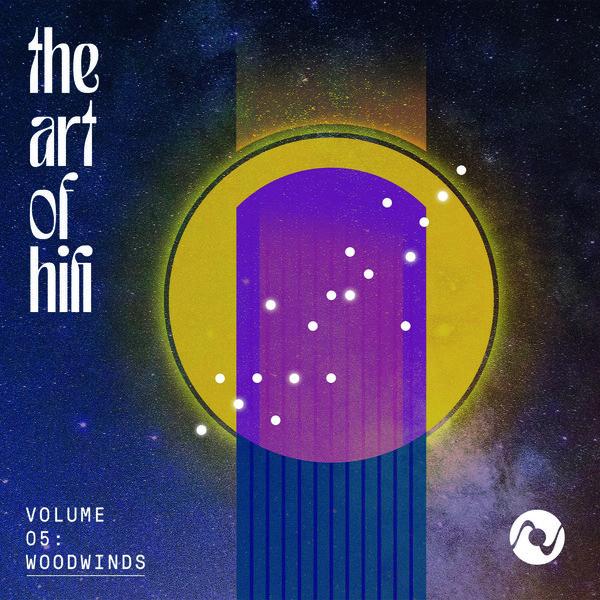
 Various
Various
The Art Of Hifi Volume 05: Woodwinds
(44.1Khz-352.8Khz/24-Bit, Wav; Dsd64-Dsd256)
Www.Psaudio.Com; Octave Records Oct0051
Having sworn by this series since it kicked off in 2022, I'm perhaps guilty of going easy on it. But masterminded by PS Audio's Paul McGowan - from whom I have learned something worthwhile with every conversation - the sound is impeccable, the recordings created fresh in DSD256 in Octave's own studios. This set follows Vols 1-4, respectively Bass , Soundstage, Percussion and Strings, with a selection of woodwinds to the fore. Primarily light jazz, the selection is varied enough to provide something for everyone, including a couple of standards ('Tenderly', 'How Deep Is The Ocean'), some pieces approaching world music, and a mournful 'Jewish Life Prayer' featuring bassoon. The best track is the last, a rich, even goofy interpretation of 'The Sorcerer's Apprentice'. And I am trying not to picture Mickey Mouse's turn in Fantasia. KK
Sound Quality: 95%
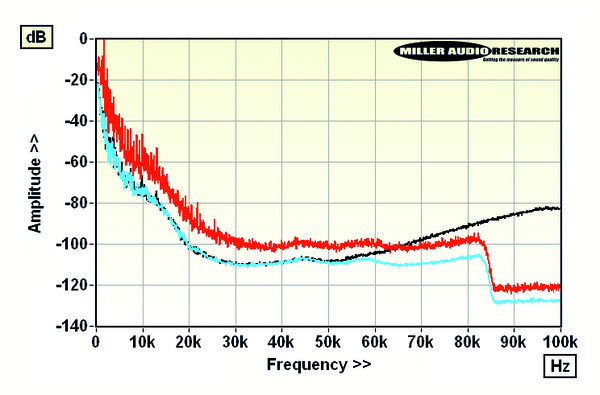
Lab Report
Recorded in DSD256, converted PCM files at 176.4Khz+ [black trace] have sufficient bandwidth but are clipped at 0.0dB on many trks. Fine with a PS DirectStream DAC MK2 but not all others... DSD files [red/blue] peak at ~6dB lower level. PM
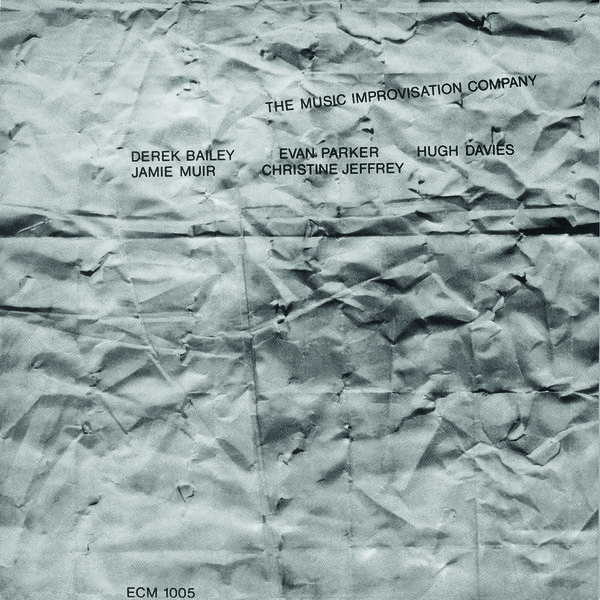
Derek Bailey, Evan Parker, J. Muir, Hugh Davies, Christine Jeffrey
The Music Improvisation Company (96Khz/24-Bit, Wav)
Www.Ecmrecords.Com; Ecm 1005
ECM albums have always been loved by audiophiles, so I was curious to hear how a recording from 1970 - only ECM's fifth-ever release - survived digitisation. The Music Improvisation Company was also the quartet's eponymous debut, recorded in London over three days in August of that year, the LP hitting the shops in November. You'll wonder why it took that long. The sound is as visceral as you could want but it is so abstract that it would tax even those who find Sun Ra conventional. Saxophonist Evan Parker, guitarist Derek Bailey, Hugh Davies (on home-made electronic gear) and percussionist Jamie Muir, as well as guest vocalist Christine Jeffrey on two tracks, are surely of the school that says 'If you don't like it, it's because you don't understand it'. These random noises exemplify that platitude. Proud to be stupid. KK
Sound Quality: 90%
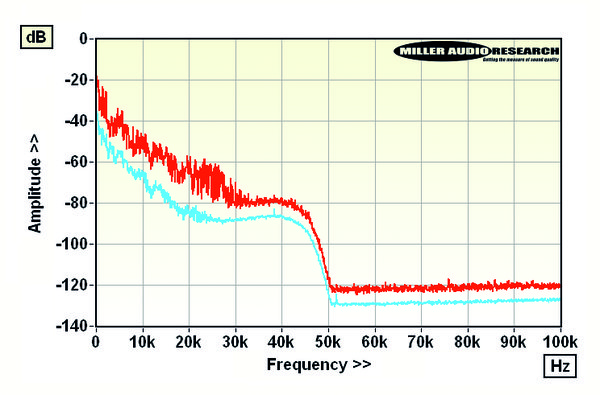
Lab Report
ECM's meticulous 96kHz transfer from the original 1970 analogue master (via a calibrated Studer A820) has realised a wider dynamic range than offered by many newer digital recordings, despite the tape's noise floor! PM

A Tonic For The Troops
Realm Of Opportunities (44.1Khz/24-Bit, Wav)
Www.Odinrecords.Bandcamp.Com; Odin Records Odin Cd9584
When, by its own admission, a jazz quartet is making music that's 'enjoyable and accessible', one might expect the sort of calm, mood-enhancing material that's musically a cut above 'loungecore' in complexity. A Tonic For The Troops are way more challenging than their PR suggests, without skirting inaccessible. With a lineup of sax, piano, bass and drums, ATFTT produce something you might have heard on the Contemporary label circa-1962, opening with the almost-raucous sax- and piano-led title track. A change of pace in the tranquil 'Song For The Resilient', has the rhythm section less present in a mainly sax/piano duet. What follows are a Mauriat-like tune begging to appear on a soundtrack, a moody waltz-of-sorts, a lively number inspired by Dolly Parton (!), and a mellow bonus track not on the CD. Sonically, this is cutting-edge digital, clean but not edgy. KK
Sound Quality: 85%

Lab Report
Recorded at Musikkloftet AS, this 24-bit file is pushed up close to the digital peak as all tracks are normalised to -0.4dBFs. While piano has a ~12kHz bandwidth the tenor sax and percussion would have benefitted from 96kHz sampling. PM
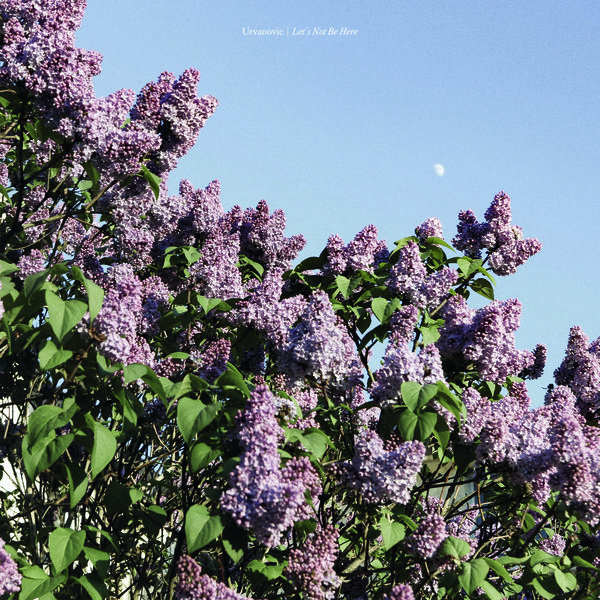
Urvanovic
Let'S Not Be Here (44.1Khz/24-Bit, Wav)
Www.Commongroundsrecords.Com; Common Grounds Records Cgr013
Finding the 'alt-folk' label restrictive, Urvanovic has swapped genres, but not just for one. Some tracks on Let's Not Be Here could have come from a different band, from a Yes-y opener to memories of Renaissance. Gossamer vocals and strings, ample usage of circa-1970 synth sounds, bottom octaves worthy of Kodo - this simply cannot be shoehorned into a single category, and the sheer mass of their sound precludes any fears that they might yet be purveyors of finger-in-the-ear, untrimmed beards-and-kaftans drivel. Thematically, it's truly post-Covid, the band describing it as being about 'evolving through catastrophe - romanticising ruination as an incitement to action'. The post-apocalypse atmosphere they've created is a mix of delicate vocals against ELP-like synths, soft openings building to crescendos. And the title track's drums? Your woofers will love you. KK
Sound Quality: 90%
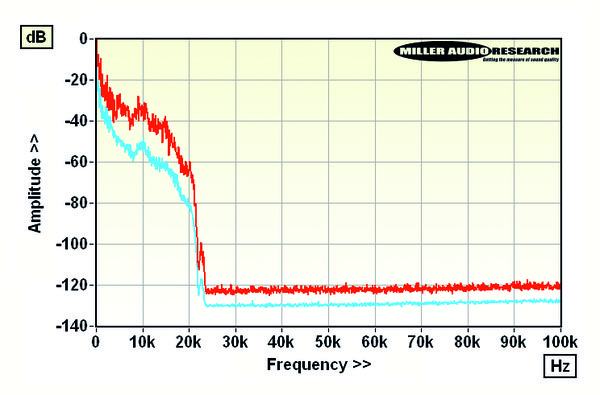
Lab Report
This is the second 24-bit file sampled at 44.1kHz this month and while not all tracks are normalised to the same level, most are between -0.04dB and -0.19dB which is arguably too tight for some DACs. Dynamic range is below ave. PM

Greg Skaff
Re-Up (96Khz/24-Bit, Wav)
Www.Gregskaff.Com; Soulmation Records Smr 001
A jazz trio, but with the piano replaced by guitar, this transposition suits me to a 'T' - as in T-Bone Walker. Delicious runs up and down the neck aside, Skaff owes more to Wes Montgomery or even George Benson for his smooth, fluid style. This is classy playing all the way, edgier and jazzier than the more commercial guitar gods (as in Chet Atkins, one of Skaff's heroes, or Les Paul) but just as melodic. The sound of Skaff's Gibson is as evocative of the 'golden age' of jazz recording as it needs to be for interpreting the two lone covers - Duke Ellington's 'Fleurette Africaine' and Monk's 'Green Chimneys' - while the remaining originals are steeped in post-bebop tunefulness. The biggest surprise is not Skaff's superb playing so much as his red-hot drummer, Jonathan Barber, and bassist Ugonna Okegwo, the latter's walking bass lines reminiscent of Curtis Counce. KK
Sound Quality: 85%
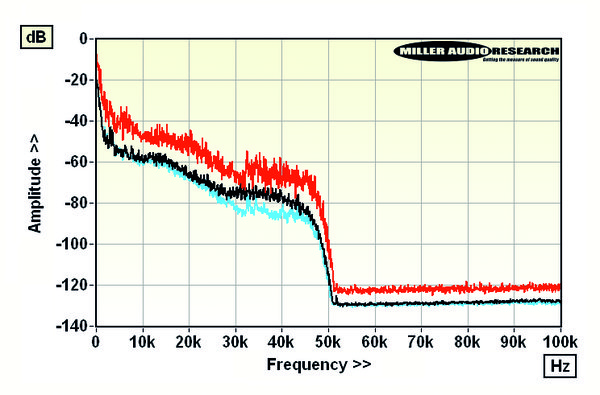
Lab Report
Recorded at NY's Sear Sound, this 96kHz file's dynamic range is 'average' and all tracks are normalised to a 'safe' (but unusual) -1.3dB. Percussion is slightly hot (distortion?) above 30kHz, particularly on the left channel [black trace]. PM



